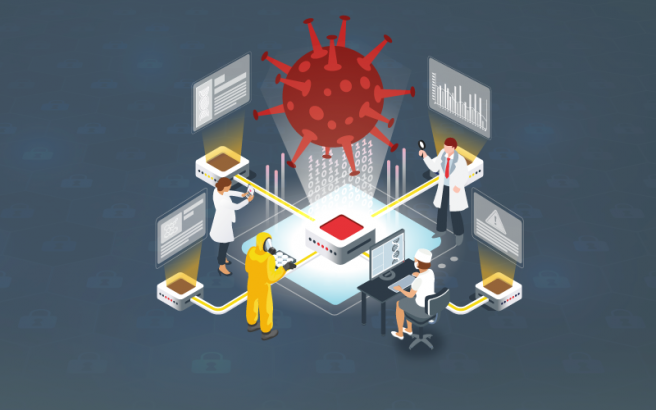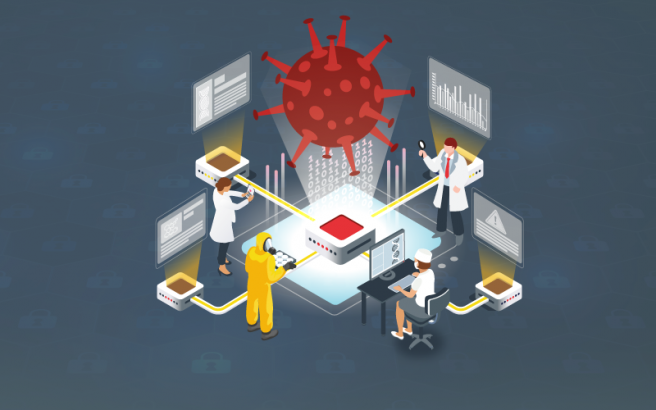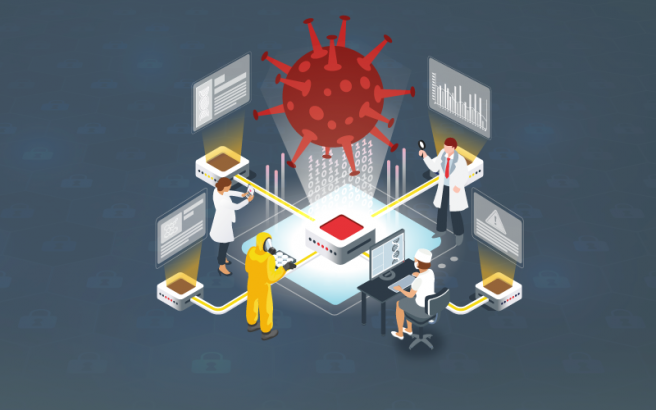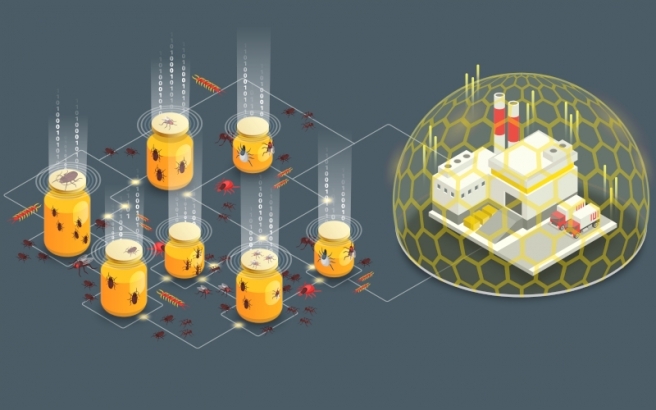
Nobelium es la denominación de Microsoft para un grupo de atacantes que, según la atribución llevada a cabo por la Agencia de Seguridad de Infraestructura y Ciberseguridad (CISA) de Estados Unidos, pertenecen al Servicio de Inteligencia Exterior (SRV) de Rusia. Este grupo criminal es conocido por el ataque a la cadena de suministro de SolarWinds, y una campaña masiva de phishing haciéndose pasar por una empresa de desarrollo estadounidense.

Grandoreiro, also known as Delephant, is a banking trojan from South America, which has spread its operations to other regions, especially Europe, including Spain and Portugal. According to ESET researchers, it has been active since 2015, affecting countries in Latin America, mainly Brazil, where it was developed.

The malicious code of the ransomware known as ‘Hive’ represents a threat to all users, as it implements encryption functionalities on the information in an infected computer, making simple recovery of the data impossible. This threat attempts to use extortion to recover the information, demanding a payment and threatening publication of part of the stolen information on a blog through the network Tor if the payment is not forthcoming.

Anatsa is a banking Trojan designed for Android devices that has become particularly relevant since its discovery in January 2021. Throughout the study, a detailed technical analysis of the threat is carried out using a sample of the malicious code in question to show how this malware behaves and the possibilities it offers.

Various studies with threat analysis or malware distribution campaigns affecting Spain and identified through incident management undertaken by INCIBE-CERT. The aim is to increase knowledge of the more technical details and characteristics of the threats so that organisations can implement appropriate detection and protection measures.

The honeypots, the recommended requirements for their correct implementation, the different possible types and their evolution until today, where they are implemented forming a honeynet.

Perhaps, given the many important cybersecurity leaks and intrusions in recent years involving everything from social media accounts to critical infrastructure and classified military secrets, the attention paid to the Aurora vulnerability has not been proportional to its seriousness and systems affected. This is because it affects almost every electrical system in the world, and potentially any rotating equipment, whether it generates energy or is essential for an industrial or commercial installation. If the threat is so widespread, why isn’t the industry more worried and actively looking for solutions? From this article various possible reasons for this are given.



